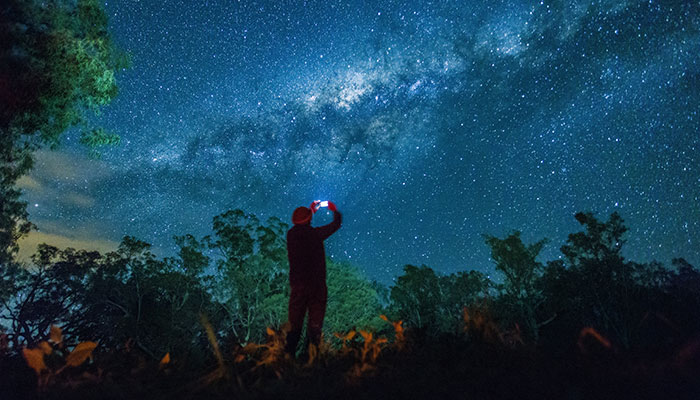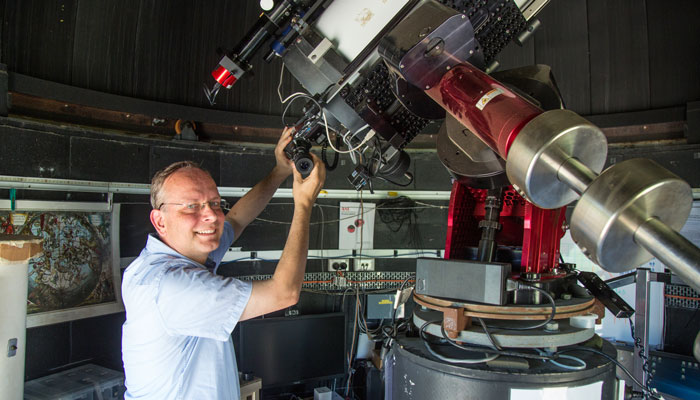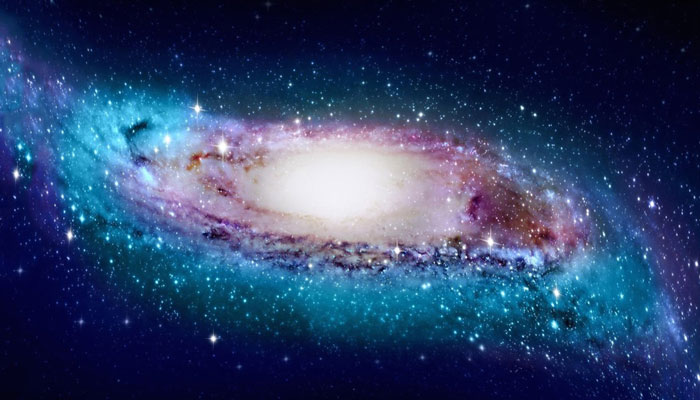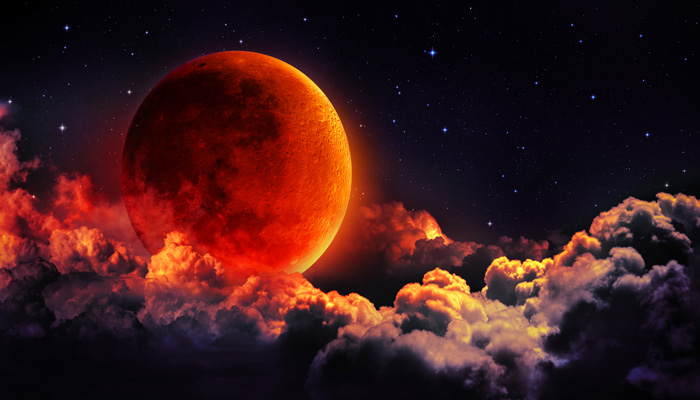There’s nothing quite like twinkling stars.

Even though many of us have lost the connection with the night sky because we live in light-polluted cities, there’s still an intimacy around stars.
Looking at the sky and trying to make sense of the world we live in goes back to prehistoric times. On a human timescale, the stars don’t change. The planets move through the sky but the stars themselves are fixed and predictable.
Life for the earliest people on Earth was a very precarious business; they took comfort in the fact that there was something unchanging up there. You could almost call it a deep spiritual connection. Religion probably had its roots there.
But while stargazers love a sky full of twinkling stars, astronomers don’t! That twinkling is a disturbance that gets in their way.
What you’re seeing, as starlight travels to our eyes, is the effect of the Earth’s atmosphere on the final few kilometres of a journey that might have taken thousands of years. Our atmosphere has warmer and cooler patches that refract light differently, and these cause a disturbance in the beams of starlight. We see that as twinkling.
When you look at stars through a telescope, you see the image trembling and blurring. Almost a pixelating in modern terms. The blurring is a phenomenon that for 300 years astronomers have referred to as “the seeing”. The effect on the image depends on how much turbulence there is in the atmosphere. And the more turbulence there is, the more twinkling.
Brightest in the class
The brightness of a star is affected by its distance. Nearer stars are brighter than those further away. But distance isn’t the only factor. Stars have intrinsic differences in brightness ranging from quite faint – those we call red dwarf stars (the most common) – to others that are intrinsically millions of times brighter than the Sun.
While the stars have always been there for us, technology has changed the way we see them.
The brightest star in the sky after the Sun is Sirius, followed by Canopus. Sirius has had an important part to play in many cultures, including that of Australia’s First Nations people. In some cultures, when Sirius starts to rise in the morning sky, it’s time to plant crops.
In Western astronomy, we use the stars to define the shapes of the constellations. Aboriginal and Torres Strait Islander people also look for shapes in the dark patches of the Milky Way, the faint band of light stretching right around the sky that is formed by countless thousands of stars.
In the world of astronomy, we recognise the dark patches as being due to clouds of dust blocking out the stars behind; to somebody watching the sky with the unaided eye they become shapes of animals or birds. One of the most well-known stories is that of “Dhinawan in the Sky”, a gigantic emu rising against the bright background of the Milky Way. You need to be well away from city lights to see it, but once you have, you’ll never forget it.
Extra-terrestrial tech
While the stars have always been there for us, technology has changed the way we see them.
Inventions such as the telescope, spectroscope, photography, electronic detectors, image sensors, and fibre optics have all played a role in astronomy’s evolution. Engineering and robotics have upped the ante, too.

Chief stargazer: Professor Fred Watson, pictured, is the Australian Government’s Astronomer-at-Large and an honorary fellow at Macquarie University.
But what characterises astronomy today is the huge range of technology at our disposal, the nearly infinite computing power available and access to the whole electromagnetic spectrum.
The Universe is full of radiations ranging from gamma rays at the high energy end down to radio waves at the low-energy end, with everything in between: X-rays, ultra-violet, visible light, infra-red.
Most of them – the exceptions being visible light and radio waves – are blocked by the atmosphere. So you need either balloons or spacecraft to observe the others.
Extremely Large Telescopes
The James Webb Space Telescope (JWST), launched last Christmas, is the largest infrared telescope in space, with a 6.5 metre primary mirror. Unaffected by atmospheric “seeing”, it is more sensitive and can reveal finer detail than ground-based telescopes. Among its missions is investigating the birth of the first stars and galaxies in the early Universe.
But what comes next as far as astronomy from the ground is concerned is a new generation of telescopes – Extremely Large Telescopes (ELTs), with mirror diameters greater than 20 metres, compared to the eight to ten metres of today’s largest.
What we know about stars that we didn’t know 30 years ago is that they probably all have planets. Along with the JWST, these new ELTs will be able to accurately determine the constituents of the atmospheres of those planets. We’ll learn what’s happening on a planet’s surface, what kind of chemistry there is, and whether there is any biology there.
That opens a window that might reveal for the first time whether we’re alone in the Universe, which is one of the most profound things we could discover.
Macquarie University’s Astronomy Open Night is September 17. Professor Watson and colleague Marnie Ogg will be manning the Australasian Dark Sky Alliance stand and giving talks on, respectively, the Night Sky and NASA’s James Webb Space Telescope. Tickets: event.mq.edu.au/astronomy-open-night-2022



